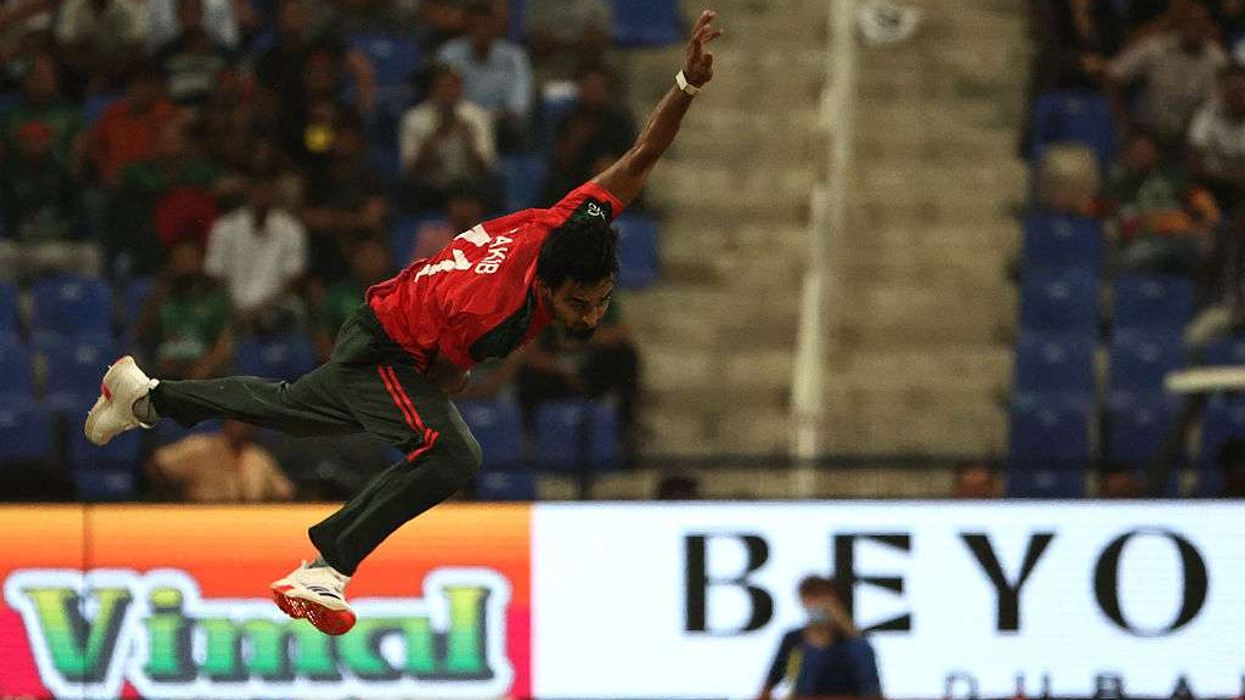Ramayana is surely one of the most talked-about films from the day it has been announced. The movie, which is said to be mounted on a budget of Rs 500 crore, will be directed by Nitesh Tiwari. There have been several reports about the casting of the film.
Earlier, there were reports that Hrithik Roshan and Deepika Padukone are approached to play the role of Ram and Sita respectively. Then a few weeks ago, it was said that Shraddha Kapoor will be seen as Sita and Prabhas will portray the role of Raavan. Well, Shraddha cleared that he has not been offered the film, and now, Hrithik has denied the reports of Ramayana being offered to him.
The actor told a daily, “All these reports are not true at all. I have not been offered any such film.”
Shraddha had earlier stated, “Contrary to the rumours, I’ve not been approached for either of the films (Ramayana and Luv Ranjan’s next). However, I have just worked with Nitesh sir in Chhichhore and he has been a dream to work with so I would love to work with him again.”
While talking about the casting of the film, Tiwari had earlier said, “I have not yet started thinking about the cast yet. First, we are trying to get it right on paper, with our execution, and with our thought process.”
Meanwhile, Hrithik is currently riding high with the success of War. The movie, which also stars Tiger Shroff, has collected Rs 128.85 crore in four days. This year, Hrithik starred in two films, Super 30 and War, and both the films have turned out to be a super hit at the box office. While there were reports that the actor will next be seen in Satte Pe Satta remake, Hrithik confirmed that he will be soon starting the work on Krrish 4 along with his father.

















